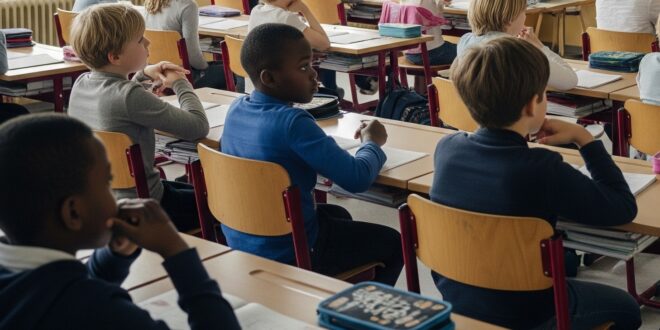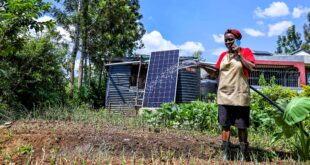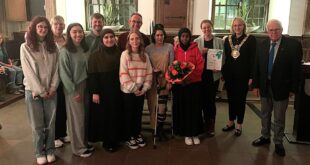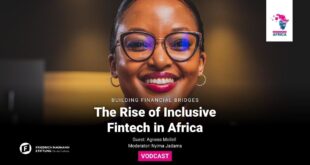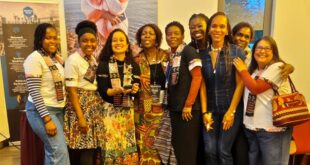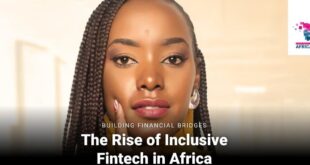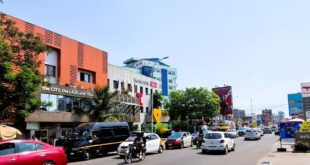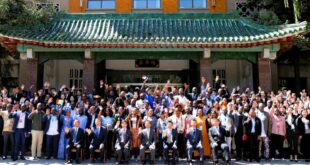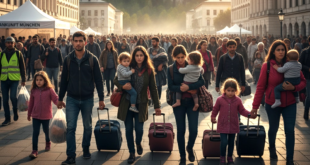This special report confronts an urgent and painful reality: the systemic racism endured by Black children in German schools. What should be spaces of growth and belonging too often become arenas of exclusion and trauma. Through meticulous research, this report illuminates the structural nature of this problem and offers a bold framework for change. It is based on the visionary work of Amal Abbass and tubman.network e.V.
![]()
Introduction
The case of a ten-year-old student repeatedly experiencing racial violence at school tragically illustrates the depth of structural discrimination in German educational institutions.
Rather than being protected, affected children are pathologized — their wounds ignored, their pain misread as provocation, and their parents stigmatized. School, which should be a space of safety and development, too often becomes a site of control, exclusion and re-traumatization.
This analysis is based on the work of Amal Abbass, transcultural sandplay therapist, social entrepreneur and co-founder of tubman.network e.V. For decades, Abbass has advocated for equality and intersectional justice, spearheading creative, community-rooted initiatives to empower Black and migrant communities. She is the first woman of African descent to receive the Berlin Women’s Prize (2023), recognized for her leadership in developing inclusive curricula, supporting Black refugees from Ukraine and creating healing spaces for Black children and families.

![]()
tubman.network e.V. is a Berlin-based alliance of Black organizations, Black-owned businesses and allies. Since its founding, it has mobilized over 800 volunteers to support more than 1,200 people of African descent with psychosocial and other types of strategic and practical support, while advancing educational equity and safe spaces for Black youth through strategic partnerships and grassroots innovation.
This report goes beyond individual cases. It identifies systemic patterns, builds on interdisciplinary research and offers a roadmap for structural transformation.
1. From Isolated Incidents to Systemic Patterns
Deficit-Based Perceptions: Black students in Germany are three times more likely to be disciplined than White peers for identical behaviour (Fereidooni, 2022). In one documented case, a student was physically attacked and called “Black slave.” The attackers faced no consequences. Instead, the victim was labelled “provocative.” Shockingly, 68% of reported racist incidents in schools are dismissed as mere “conflict between children”— rendering structural violence invisible and unaddressed.
2. Adultification Bias: Denying Black Children Their Childhood
Black children are routinely perceived as older, less innocent and more threatening than their White peers. According to Goff et al. (2014), Black children are afforded 63% less presumed vulnerability. In one case, no one asked why a Black student’s jacket was torn — he was simply blamed. His pain was not seen. This denial of childhood reinforces trauma and excludes Black children from the protections they deserve.
3. The Neurobiological Toll of Racial Stress
Chronic racial stress activates the body’s stress-response system, with lasting neurological effects:
• 47% increase in sleep disorders
• 32% more somatic pain
• 58% reduction in hippocampal volume (impacting memory and learning)
When schools recommend psychological evaluations for “behavioural issues” without recognizing these systemic stressors, they pathologize children instead of supporting them—deepening alienation and harm.
4. Cultural Stereotypes as Instruments of Institutional Violence
A school social worker claimed, “All African parents beat their children.” This type of racist generalization exemplifies what Dr Maisha Auma has critiqued as cultural essentialism. In 83% of official educational materials, Black families are associated with violence, deficits or dysfunction. Their capacity for care is erased—justifying state neglect while reinforcing stereotypes that legitimize punitive action.

![]()
5. A Four-Pillar Framework for Structural Reform
To move beyond harm, we must reimagine the architecture of accountability and care in schools:
1. Independent Reporting Offices
Modelled on Sweden’s ombudsperson system, independent offices must be empowered to document, investigate and sanction racial discrimination—breaking the cycle of institutional impunity.
2. Affected Participation
Quotas for Black parents in decision-making bodies and school development processes. Structural equity begins with representation.
3. Healing-Centred Education (tubman.network)
Check-ins, arts-based interventions and binding anti-racism protocols create school climates that prioritize well-being and foster resilience.
4. Fair Assessment Systems
Anonymous grading and anti-racist benchmarks in teacher evaluations help dismantle bias in performance metrics and learning outcomes.
Conclusion
Schools are not neutral spaces—they are mirrors of societal power. When they fail to confront structural violence, they reproduce it. The question is not whether schools are neutral, but whether they are just.
Justice begins with courage: the courage to name, to act, and to repair.
Every day without reform is another day Black children are harmed in the very places meant to nurture them.
© Amal Abbas/tubman.network e.V.
—
Note on Methodology: This analysis is grounded in documented observations, educational research (Fereidooni, Auma, Goff), and frameworks from intersectional and anti-bias pedagogy. All identifying information has been anonymized.
 THE AFRICAN COURIER. Reporting Africa and its Diaspora! The African Courier is an international magazine published in Germany to report on Africa and the Diaspora African experience. The first issue of the bimonthly magazine appeared on the newsstands on 15 February 1998. The African Courier is a communication forum for European-African political, economic and cultural exchanges, and a voice for Africa in Europe.
THE AFRICAN COURIER. Reporting Africa and its Diaspora! The African Courier is an international magazine published in Germany to report on Africa and the Diaspora African experience. The first issue of the bimonthly magazine appeared on the newsstands on 15 February 1998. The African Courier is a communication forum for European-African political, economic and cultural exchanges, and a voice for Africa in Europe.

